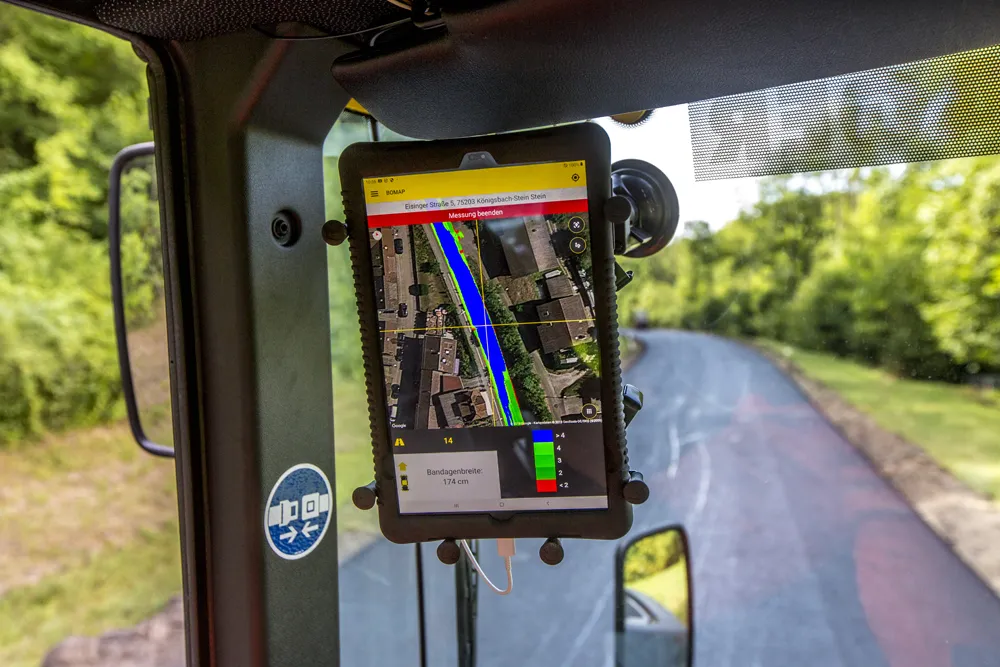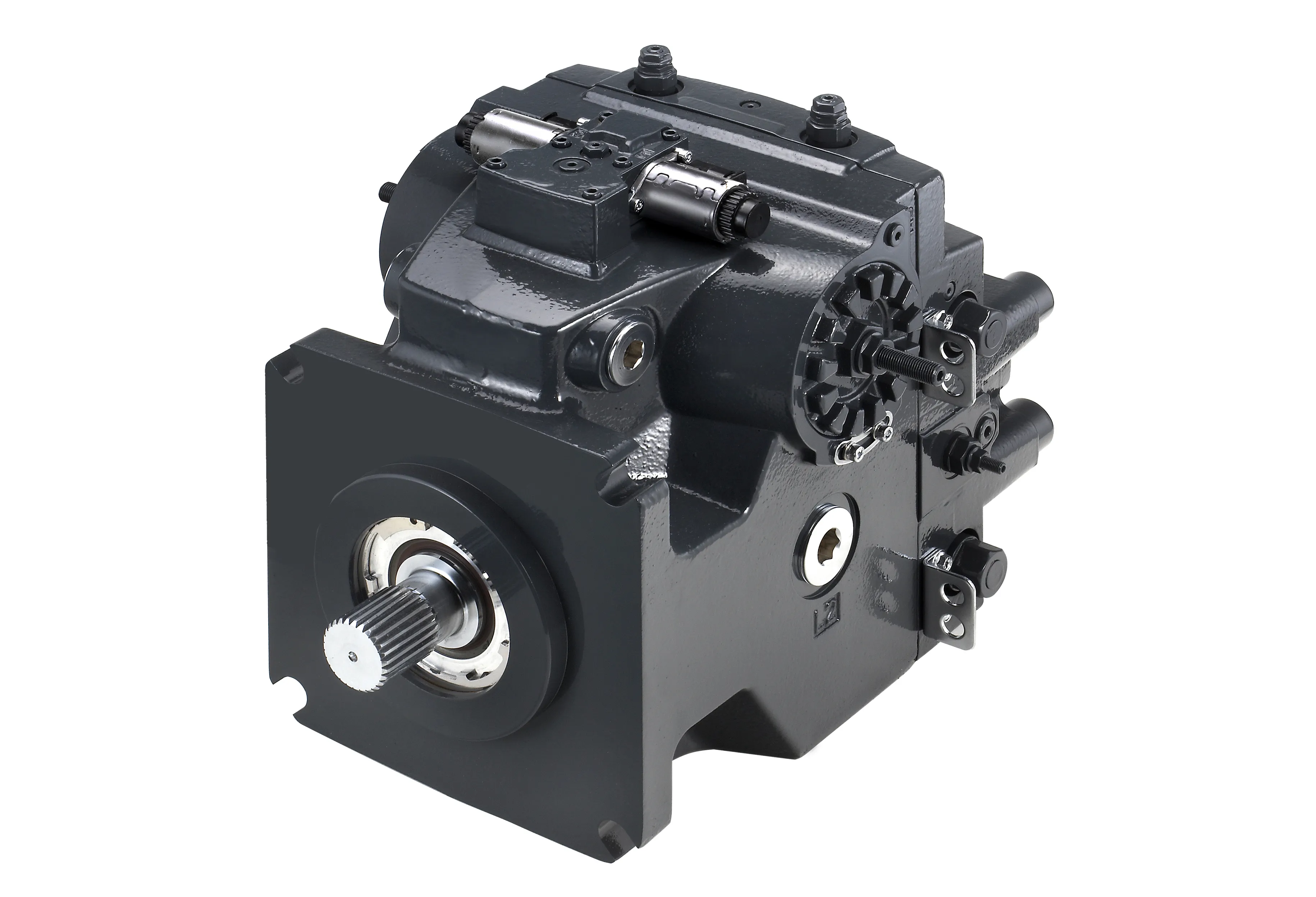To deal with the issue of driver distraction, the automotive industry is turning to a multi-modal human machine interface (HMI) approach, wherein all the interfaces play an equal role in order to prioritise information and reduce driver workload. According to a new analysis from Frost & Sullivan, Strategic Analysis of European and North American Automotive Human Machine Interface Market, 16 million cars will be equipped with basic voice interface, 6.9 million with advanced voice interface, and 1.2 million with multifunctional knobs in Europe by 2017. Meanwhile in North America, 13.6 million cars will have basic voice, 6.8 million advanced voice, and 0.9 million will be equipped with multifunctional knobs by 2017.
The integration of varied comfort and safety user interfaces into a single system is a growing trend. Multi-modal HMI solutions will help reduce complexity, while focusing on the consumer demand for different interfaces.
“OEMs and suppliers are constantly working on prioritising the information coming from infotainment systems and smartphones in order to minimise driver distraction and increase safety,” notes Frost & Sullivan research analyst Krishna Jayaraman. “The primary aim of HMI is to simplify the driver’s interaction with the car; OEMs are actively looking at finding an optimal solution to this challenge by providing the same styling of HMI solutions across their product line to minimise distraction as well as the driver learning curve.”
The majority of in-vehicle functionalities require a substantial amount of information to be presented to the driver. This contributes to the problem of inattentive driving, while increasing the risk of traffic accidents. Therefore, effectively managing information flows is a big challenge.
“Information has to be split among different vehicle displays and the input channels have to be ergonomically positioned,” says Jayaraman.
Designing a user interface that is simple, accessible, less distractive, and affordable presents a key challenge. The location of the user interface and the type of information depending on the driving conditions are the main issues in the development of an efficient HMI.
HMI solutions have to be designed keeping the primary task of driving in mind. Offering redundant interfaces for an application will ensure a fail-safe environment where, even if one of the interfaces stops working, there will always be another option that will assume control.
HMI controls are strongly co-related to vehicle comfort and ease of use. OEMs need therefore, to offer solutions to which consumers are accustomed. This will decrease the length of the learning curve and make it easy for drivers to use different functions with controls they are familiar with.
“At present, many innovative HMI solutions are offered as an optional package in the medium and low segments,” concludes Jayaraman. “To maximise on growth potential, it will be necessary to offer innovative HMI across all automotive segments as a standard feature.”
Strategic Analysis of European and North American Automotive Human Machine Interface Market is part of Frost & Sullivan’s Automotive & Transportation Growth Partnership Service programme.








